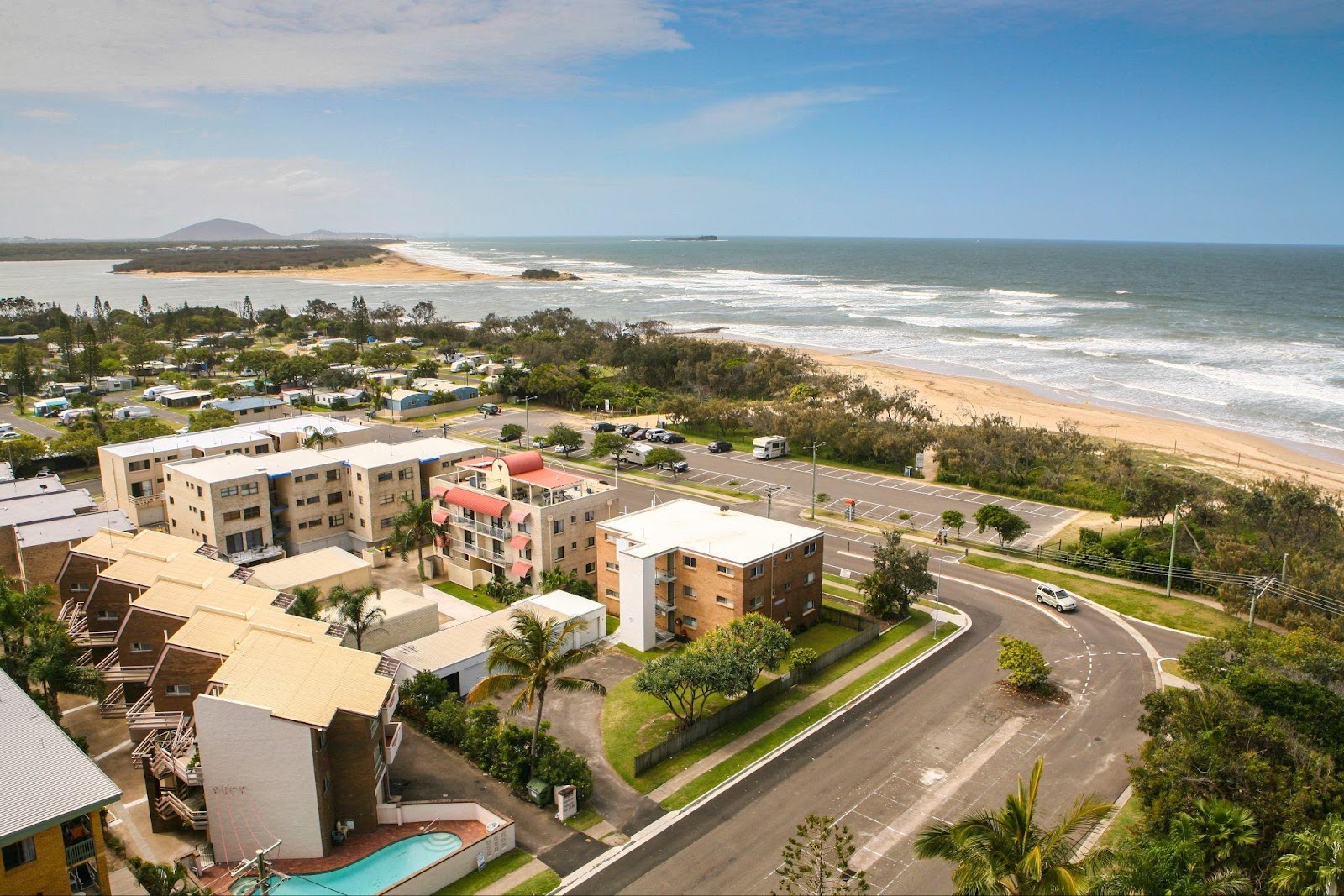
What is The Great Sunshine Coast Migration?
There is absolute truth behind the “Great Sunshine Coast Migration”. It’s real and appears it’s here for the long haul. The term refers to the recent trend of increasing numbers of people moving to the Sunshine Coast in regional Queensland.
The number of people moving to the Sunshine Coast has been consistent for many years, even the difficulty of rental housing shortage and the changing pace hasn’t seemed to slow the trend.
The chart below is taken from the latest Regional Movers Index and shows the percentage of people leaving a capital (either to move to another capital or to a regional area) broken up by state. It shows that 65% of people leaving city locations were from Sydney while 35% of those leaving originated in Melbourne.
| Vacated capital city | 2023 | 2022 |
| Sydney | 65% | 73% |
| Melbourne | 35% | 43% |
| Hobart | 2% | 3% |
| Adelaide | 3% | 6% |
| Darwin | -1% | 1% |
| Brisbane | -3% | -15% |
| Perth | -9% | -20% |
Queensland regional moves are significant as the population of city dwellers in Queensland has increased, not decreased like others. In terms of capital city growth, the favourite for the past year has been Perth.
Why are so Many People choosing the Sunshine Coast?

The migration to the Sunshine Coast is driven by several factors including lifestyle, affordability and space, however, these very drawcards are hindered if infrastructure and community resources are unable to keep up with growing demand.
The Regional Movers Index Report says the Sunshine Coast remains at the top of the list for its share of total net internal migration in 2023.
| People moving to: | From a Capital city | From other regions | Total |
| Sunshine Coast QLD | 13.4% | 4.1% | 17.5% |
| Gold Coast QLD | 9.5% | -1.4% | 8.1% |
| Greater Geelong VIC | 4.9% | 2.7% | 7.6% |
| Moorabool VIC | 6.1% | 0.2% | 6.2% |
| Fraser Coast QLD | 3.0% | 3.0% | 6.0% |
Top Five LGAs by share of total net internal migration to Regional Australia 2023
Lifestyle: The Sunshine Coast lifestyle offers natural beauty, a milder climate, and less congestion compared to larger urban centres like Brisbane, Sydney, or Melbourne. Its beaches, hiking trails, and community-focused living are significant draw cards for people looking to get out of peak hour commutes and get more out of life.
Economic Opportunities: The surge of new residents has created fantastic local job opportunities, especially in sectors like healthcare, education, and tourism. These appeal to both young professionals and those looking for a career change. The rise of work-from-home opportunities has also allowed people to move away from traditional business hubs without sacrificing their careers.
Affordability: Compared to Australia’s major cities, the Sunshine Coast has traditionally offered more affordable housing options, although prices have been rising due to increased demand. This affordability has been a crucial factor for families and retirees who might be pushed out of city suburbs due to price hikes and soaring interest rates.
Infrastructure Development: As the Sunshine Coast population grows, investments continue into infrastructure and service support, including transport, education, and medical facilities. As well as creating employment during building, when completed these services will attract more people looking for convenience and quality services.
On the flip side, challenges like increased pressure on housing markets, infrastructure, and local ecosystems are appearing. With so many newcomers already putting pressure on current resources, those now heading towards the Sunshine Coast need to be financially prepared to secure a rental property, purchase their own home, or investment property or expand or start a business in the region. Navigating this competitive market can be daunting, but partnering with an experienced mortgage broker can provide you with the insights and support needed to make your move successful and financially sound.
Overall, the migration to the Sunshine Coast highlights a broader trend of people seeking a balance between urban opportunities and the quality of life offered by the slower pace and natural beauty of regional settings. This movement has the potential to reshape areas like the Sunshine Coast significantly, hopefully accommodating both the new roles as a home for a growing population and their traditional identities as a hidden paradise worth getting lost in.
All eyes are ahead to the next RMI results in March 2024 quarter, to see what happens next.




